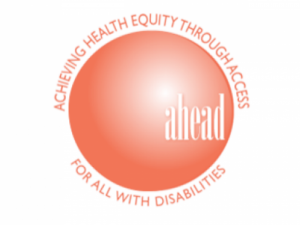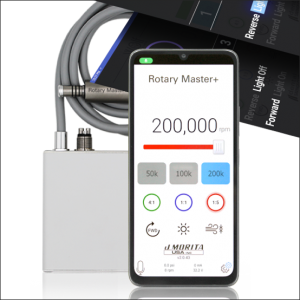
Bioactivity of dental restorative materials: FDI policy statement
Paola Omini
The term bioactivity is being increasingly used in medicine and dentistry. Due to its positive connotation, it is frequently utilized for advertising dental restorative materials. However, there is confusion about what the term means, and concerns have been raised about its potential overuse. Therefore, FDI World Dental Federation (FDI) decided to publish a policy statement about the bioactivity of dental restorative materials to clarify the term and provide some caveats for its use in advertising.
The statement was published in the International Dental Journal on Dec. 27, 2022.
Background information for this policy statement was taken from the current literature, mainly from the PubMed database and the Internet.
Bioactive restorative materials should have beneficial/desired effects. These effects should be local, intended, and nontoxic and should not interfere with a material's principal purpose, namely dental tissue replacement.
Three mechanisms for the bioactivity of such materials have been identified: purely biological, mixed biological/chemical, or strictly chemical. Therefore, when the term bioactivity is used in an advertisement or in a description of a dental restorative material, scientific evidence (in vitro or in situ, and preferably in clinical studies) should be provided describing the mechanism of action, the duration of the effect (especially for materials releasing antibacterial substances), and the lack of significant adverse biological side effects (including the development and spread of antimicrobial resistance).
Finally, it should be documented that the prime purpose, to be used to rebuild the form and function of lost tooth substance or lost teeth, is not impaired, as demonstrated by data from in vitro and clinical studies. The use of the term bioactive dental restorative material in material advertisement/information should be restricted to materials that fulfil all the requirements as described in the FDI policy statement.
Gottfried Schmalz, Reinhard Hickel, Richard Bengt Price, Jeffrey A. Platt. "Bioactivity of Dental Restorative Materials: FDI Policy Statement." International Dental Journal, volume 73, Issue 1, 2023, pages 21-27, ISSN 0020-6539, https://doi.org/10.1016/j.identj.2022.11.012.
 Related articles
Related articles
This study aimed to analyze the effect of using phosphate buffer solution on the solubility, pH changes, surface structure and elemental composition of a new bioceramic Cerafill sealer compared with...
Editorials 21 April 2025
Goldman will take center stage as keynote speaker at Ostrow’s satellite ceremony on May 16.
Third AHEAD symposium invites policymakers, health professionals, and the disability community to the table to discuss improving oral health care for people with disabilities
Practice revenues between 2018 to 2022 increased by 2.2 percent compared with 2013 to 2017, while expenses rose by 7.7 percent over the same intervals.
News 25 April 2023
The Gert Quigley Fellowship is designed to familiarize graduate-level students with the federal legislative process in the context of dental, oral and craniofacial research and the oral health care...
 Read more
Read more
Oral pathology 25 November 2025
Virtual microscopy (VM) is a technology for showing microscope slides using computers and could be considered a progression of classic methodology using optical microscopes.
For every assist this season, the insurance provider will donate $25 to TUSDM Cares for Veterans
Products 25 November 2025
J. MORITA USA, a world leader in handpiece technology, has announced the Rotary Master+ Electric Motor. Compatible with Morita TorqTech electric attachments and most competing electric handpieces on...
News 25 November 2025
Let’s be honest: nothing kills the vibe quite like bad breath. However, while 85% of people prefer for someone to tell them if their breath needs some freshening up, only 15% are willing to break...
News 25 November 2025
Vitana Pediatric & Orthodontic Partners (Vitana), a dentist-led dental partnership organization (DPO) focused exclusively on elite pediatric dental and orthodontic practices with operations in...















